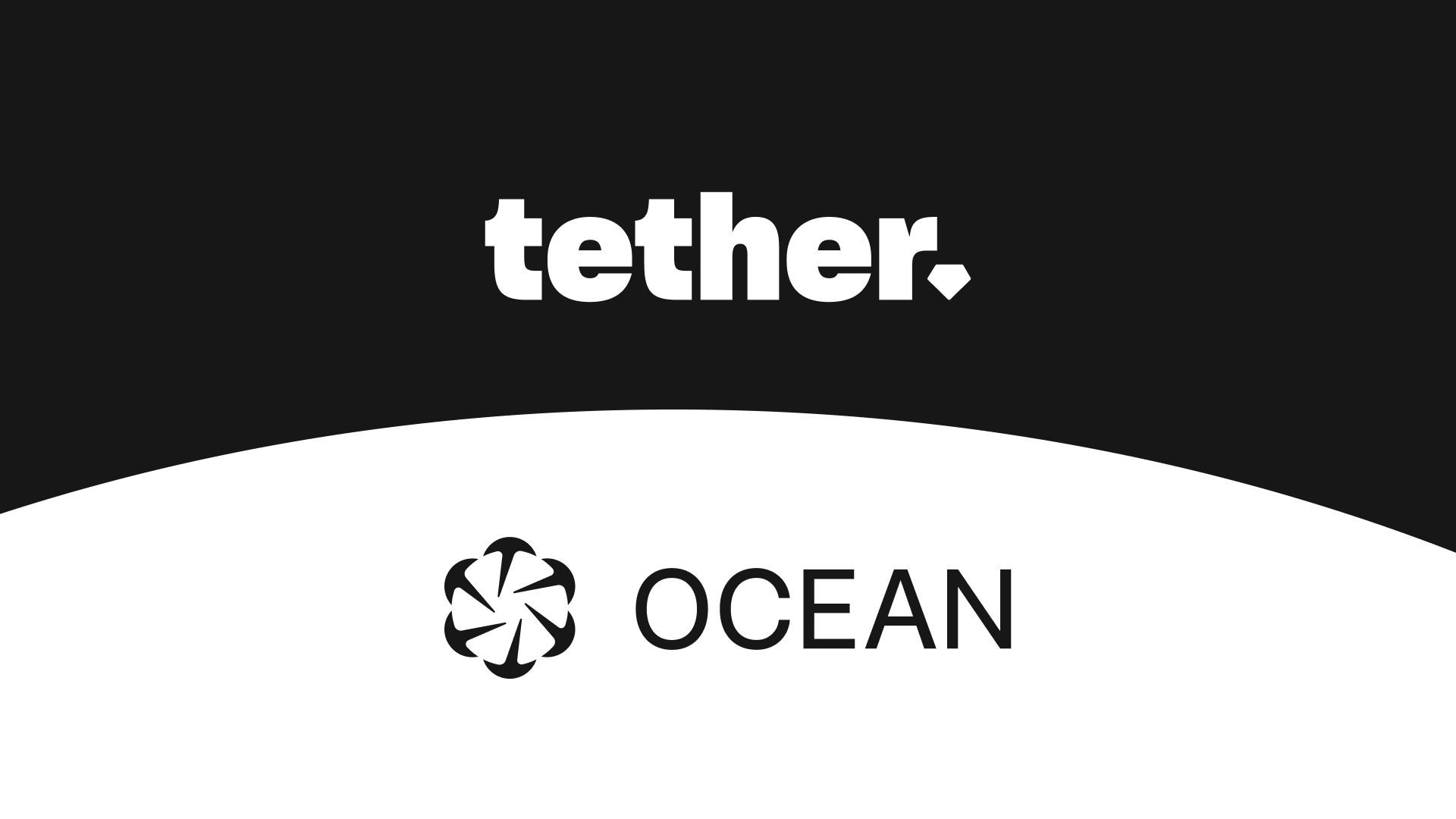Tether has announced it will deploy its existing and future Bitcoin mining hashrate to OCEAN, a non-custodial mining pool founded by Bitcoin Core developer Luke Dashjr.
The collaboration aims to strengthen Bitcoin’s resilience against centralization by leveraging OCEAN’s groundbreaking DATUM protocol, which empowers miners to create their block templates.
What’s Unique about OCEAN’s DATUM Protocol?
Unlike traditional pools that dictate transaction inclusion and block construction, the protocol restores autonomy to individual miners. It permits miners to create one-of-a-kind block templates from their Bitcoin nodes, guaranteeing their control over transaction selection and censorship resistance.
Tether plans to include DATUM across its operations, especially in areas with minimal connectivity, such as rural Africa, which aligns with its general goal of fostering financial inclusion.
For example, in March, Tether started working on crypto literacy projects in Nigeria and building mining sites driven by renewable energy in Uruguay, Paraguay, and El Salvador.
A Welcome Disruption to Mining Centralization
DATUM addresses a crucial flaw in Bitcoin’s current mining landscape: the dominance of a few large pools over block construction. Currently, just two pools control over 50% of Bitcoin’s hashrate, creating risks of censorship or ideological filtering.
The protocol disrupts this hierarchy by eliminating custodial risk, enabling custom block templates, and reducing bandwidth barriers.
By collaborating with USDT’s Tether, OCEAN boosts its capacity to challenge mining centralization. Furthermore, as the seventh-largest Bitcoin holder (75,354 BTC) and a major hashrate contributor, Tether’s participation could incentivize smaller miners to join OCEAN, diversifying the network’s mining base.
Deploying DATUM in solar and wind-powered facilities may also benefit Tether’s renewable energy investments, proving that sustainable mining can coexist with decentralized operations.
However, Tether may face challenges regarding DATUM’s reliance on individual node operation, which may deter less technical miners. Tether’s growing influence as both a stablecoin issuer and miner may also create new centralization risks.
READ MORE: $320M TRUMP Unlock Looms as Presale Meme Coins Attract Buyers













